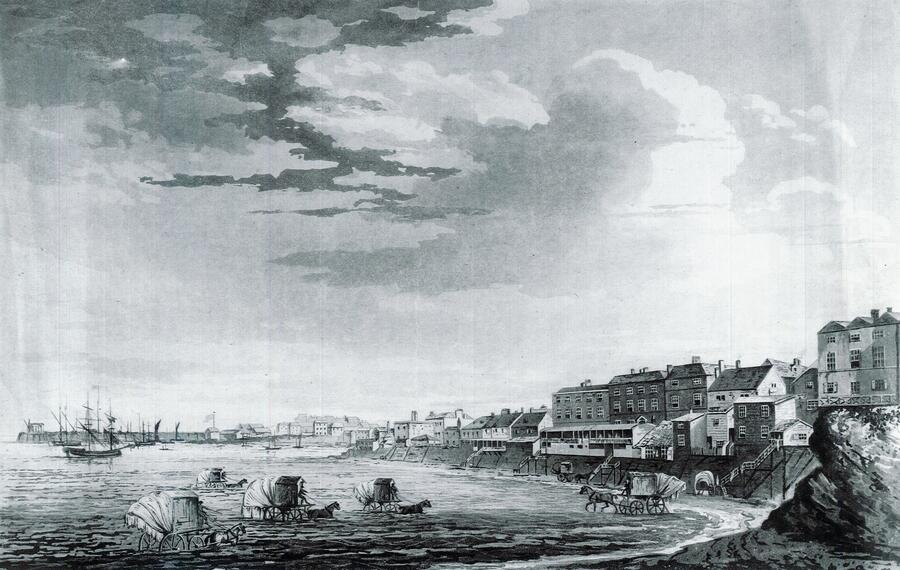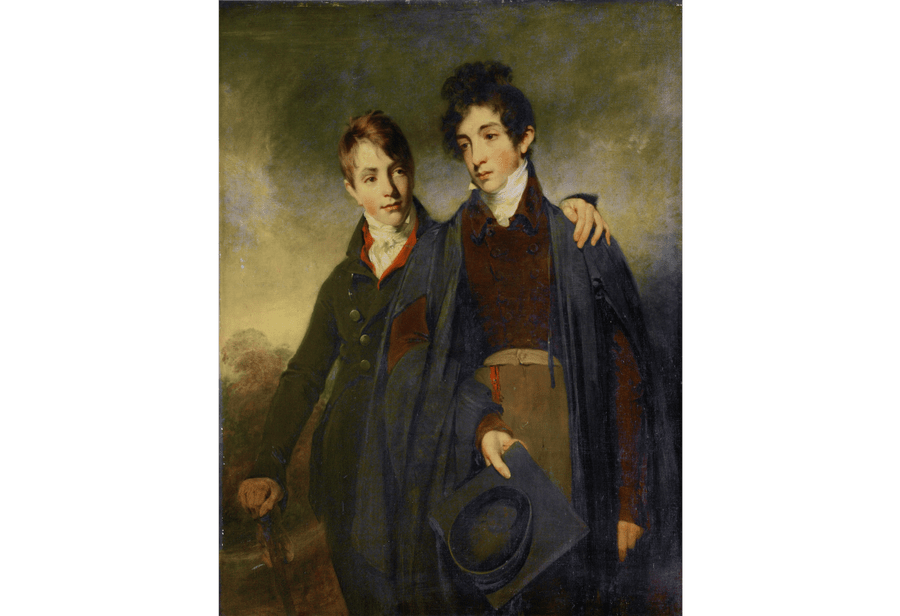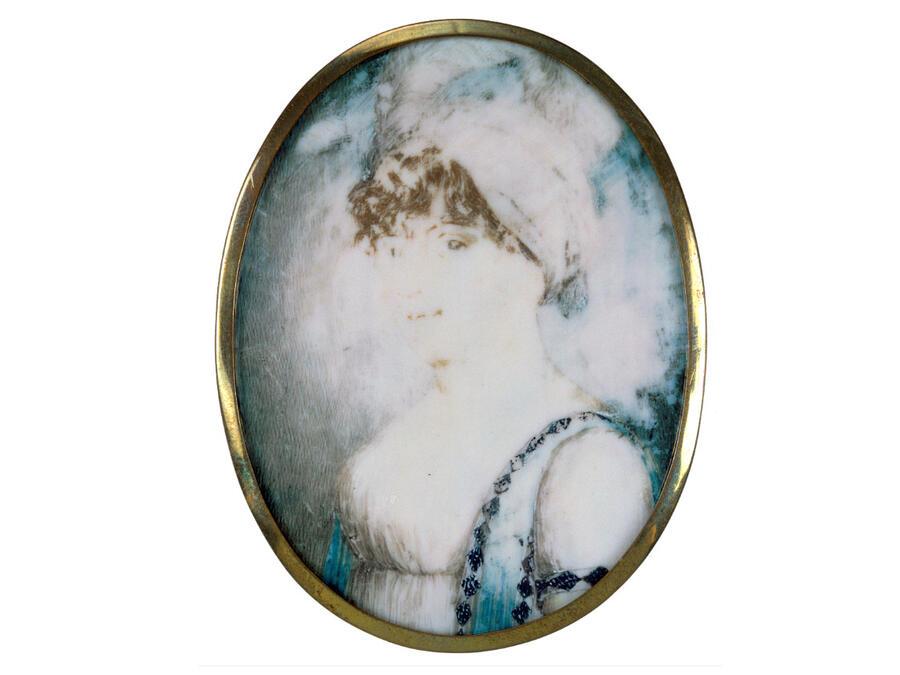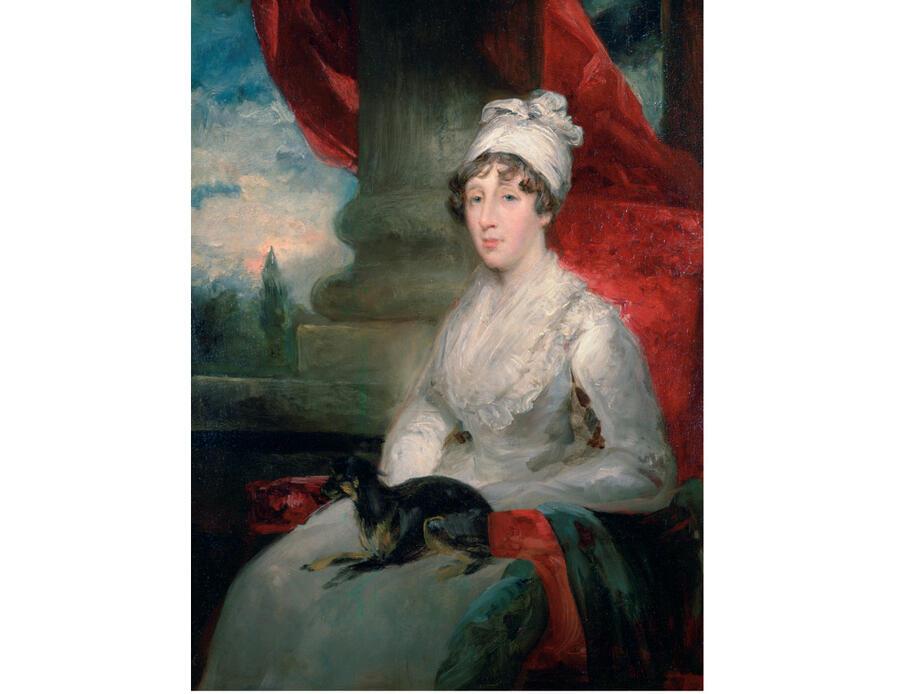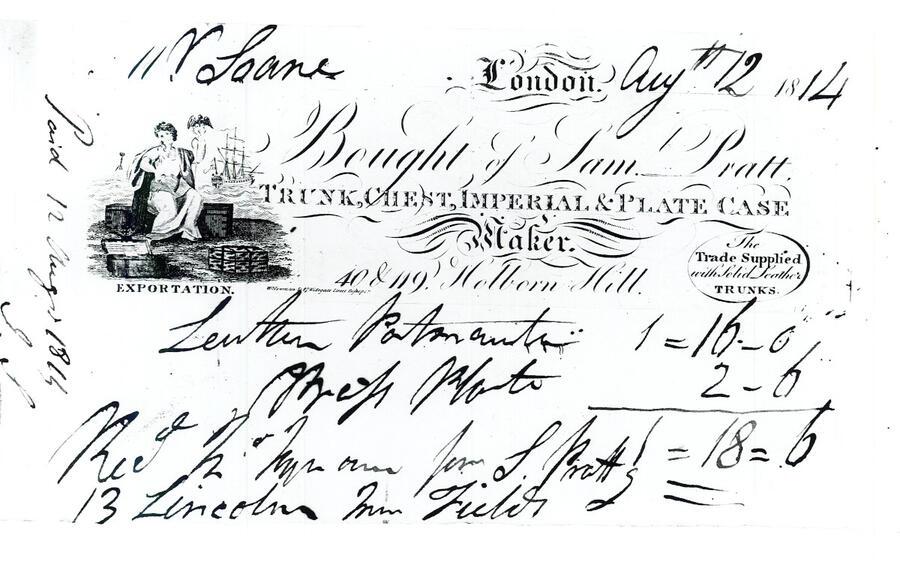Mrs Soane’s accounts of the social life of Margate are supplemented by a small group of letters written to John Soane junior in the autumn of 1807 by Laura Chapman, the daughter of his old schoolmaster, to whom he was secretly engaged for a short period in that year. She describes balls in the Assembly Rooms and laments that they will be in want of beaux unless a regiment soon appears: two or three Companies of the 32nd are there but they are under marching orders for Portsmouth.
The circulating libraries also offered evening entertainment, including concerts, and Mrs Soane records that Nancy Storace gave a benefit on 27 August 1803. There was also a permanent theatre, the Theatre Royal, erected in 1787. Both Nancy Jordan and Mrs Siddons played there, and Laura Chapman’s letters describe several performances by Master Betty, a popular actor, several of whose performances the Soanes attended in London.
During the daytime there were the pleasures of strolling around – Laura Chapman mentions walking on the Fort – or of visiting nearby places such as Ramsgate. Donkey riding was one of the entertainments available, and one imagines the two boys must have indulged in this pastime. Certainly on a later holiday in Brighton in May 1811 Mrs Soane mentions in a letter home that John has just returned from a ride, and goes on to complain that each one costs 7 shillings, and donkeys only half as much. There were also the pleasures of the circulating library for the reading of newspapers and magazines, the reading and borrowing of books, meeting people and exchanging gossip and purchasing stationery, fancy goods, trinkets and Tunbridge ware as souvenirs. The shops attached to circulating libraries ran frequent raffles of their goods and on 8 September 1809 Mrs Soane wrote to her husband that the boys had just won nearly 5 guineas for 3 shillings; the master of the shop only being willing to give goods rather than money they were having great fun choosing what to take.
